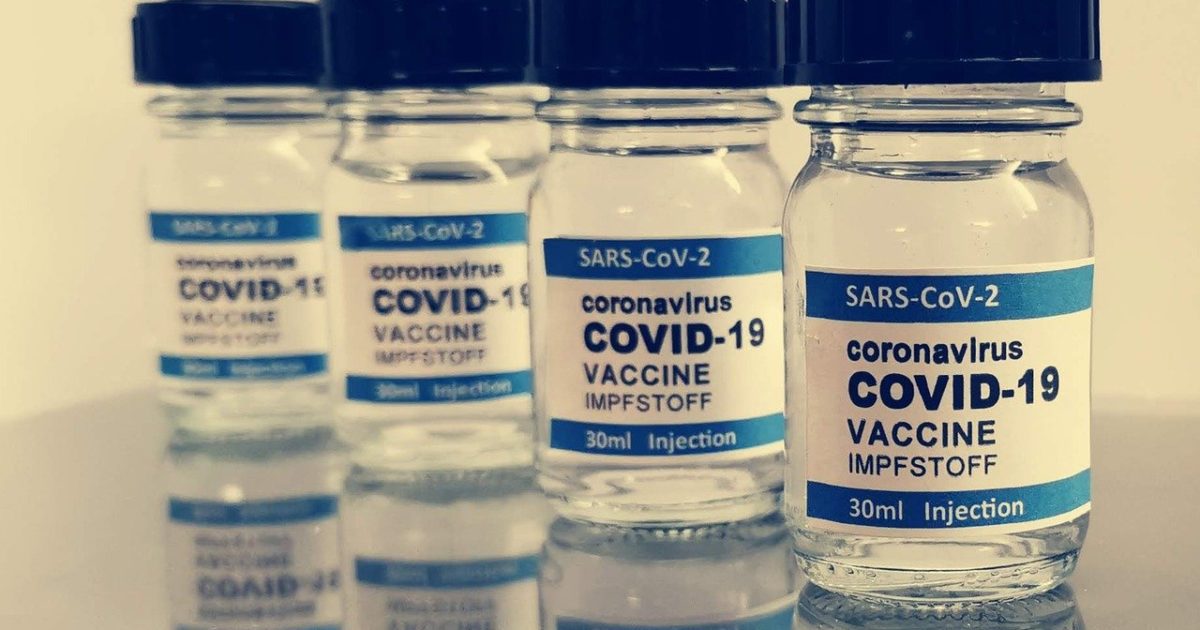A major Norwegian survey found an increased incidence of menstrual disorders in young women after receiving the experimental COVID-19 injection.
The broad population survey listed numerous symptoms, such as heavy or prolonged bleeding, irregular intervals, and extra pain.
After hearing reports that more women experienced bleeding disorders following COVID-19 jab inoculation, the National Institute of Public Health (FHI) investigated to find a potential link.
They decided to conduct a large survey of over 60,000 Norwegian women aged 12-80.
The preliminary results included 6,000 women aged 18-30 years.
The results showed nearly twice as many young Norwegian women experienced more severe menstrual bleeding than usual after receiving the COVID-19 jab.
💉Coronavirus vaccines are linked to slightly disrupted menstrual cycles in young women, especially heavier periods, according to a Norwegian study https://t.co/fjt3LrD72f
— The Telegraph (@Telegraph) December 21, 2021
Why are the jabs that are being given for a coronavirus having any effect on periods at all? Surely that shouldn't be happening, and certainly shouldn't be accepted?
Why do people think that because this effect seems to be temporary, it's acceptable?https://t.co/jitClFs1EX
— Dawn🩸 (@aqua_art) December 22, 2021
FHI listed the following results:
These are the results of the survey:
- There was a high incidence of the various menstrual disorders among menstruating women aged 18-30 years.
- As many as 37.8 per cent reported at least one of the disorders during the last menstrual period before vaccination.
- The proportion who reported more severe menstrual bleeding than usual was higher after the first vaccine dose than before vaccination, 13.6 per cent and 7.6 per cent, respectively.
- After the second dose of vaccine, the incidence of several types of menstrual disorders increased.
- The menstrual disorders after the first dose were on average returned to the baseline level at the time of vaccination with dose two, ie about two to three months after vaccination with the first dose.
- Among women who reported menstrual disorders after the first dose, 92.3 per cent were also vaccinated with dose 2. Among women who did not report any menstrual disorders after the first dose, 94 per cent were vaccinated with dose 2.
- Among women who experienced menstrual disorders after the first dose, close to two out of three experienced menstrual disorders also after the second dose.
- We do not currently have information on the duration of menstrual disorders after dose 2, but we will continue to monitor this.
59.4% of the survey participants took the Comirnaty (Pfizer) COVID-19 jab, while 35.8% received the Spikevax (Moderna) jab.
FHI noted:
For dose two, 47.4 percent received Comirnaty and 52.6 percent Spikevax. Menstrual disorders were reported after both mRNA vaccines, in the same order of magnitude.
Other reported symptoms included extra painful periods, unexpected intermittent bleeding, and menstrual-like pain without bleeding.
Infowars noted:
In the summer of 2021, women across the world began to report bleeding disorders after receiving a vaccine against coronavirus. In Denmark alone, their figure soared from several dozen to over a thousand in a matter of several weeks. By November, the number of reports exceeded 3,900. Norway, however, became the first nation to respond with a broad population survey, after having processed only 1,264 reports.



Join the conversation!
Please share your thoughts about this article below. We value your opinions, and would love to see you add to the discussion!